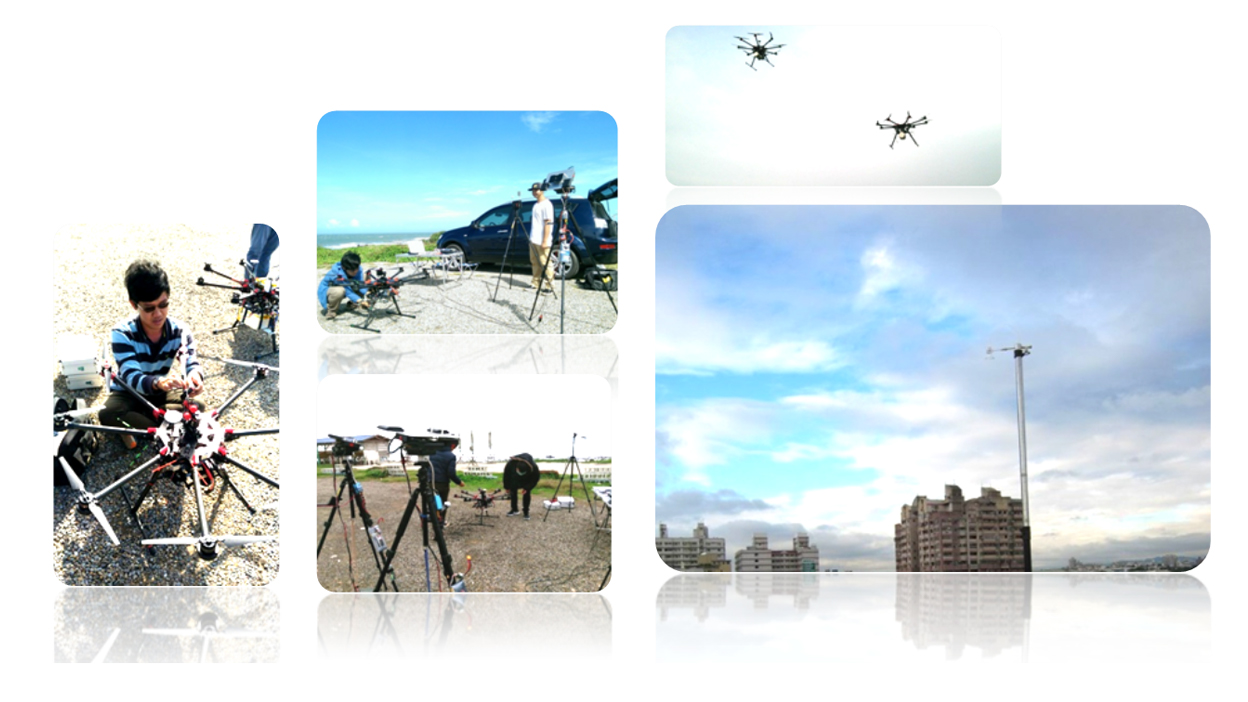


Spatial information about chemical composition and meteorological variables is crucial for studying the chemical/physical processes of pollutants, especially in the near-surface atmosphere, where emissions and atmospheric processes of pollutants are most vigorous.
Air pollution can be a significant scientific topic, but it is also the most relevant issue that affects our lives. Almost all air quality monitoring in metropolitan areas, industrial areas, and their downwind areas rely on EPA’s ground-based air quality monitoring stations and some local industrial monitoring stations. However, pollutants are not only emitted from the ground but the high chimneys. The emission, accumulation, dispersion, mixing, and transport of air pollutants are not only occurred on the ground. The pollutants are affected by the terrain and the direction of the airflow at different attitudes, and their distribution would become complicated. Under such circumstances, it is difficult to obtain complete pollution information based on ground observations alone. Aerial observation can assist ground stations to expand the spatial scope of observation. Therefore, in addition to observations on the ground, if we can further move towards the concept of a three-dimensional monitoring network, pollution and its sources cannot be hidden.
We developed an optimized multicopter UAV sounding technique (MUST), that is an integrated platform by combining self-developed algorithms, optimized working environments for sensors/detectors, and retrofitted sampling devices to probe a comprehensive set of atmospheric variables. These variables of interest include meteorological parameters (temperature, relative humidity, pressure, wind direction and speed), the chemical composition (speciated VOCs, CO, CO2, CH4, CO2 isotopologues, O3, PM2.5, and black carbon), and the radiation flux, as well as visible and thermal images. To clarify the causes and effects of various types of air pollution, the most essential thing is to have “adequate and accurate three-dimensional observation information on composition and levels of pollutants and atmospheric meteorological conditions that have a significant impact on pollution”. The MUST platform can be used to understand the spatial distribution of smog and haze in metropolitan areas, and the three-dimensional distribution of pollutants in industrial or petrochemical parks. In addition, the new aerial probing platform also provides opportunities to open up interdisciplinary cooperation, such as marine atmospheric environment and meteorology, early warning and tracking of industrial disasters, environmental surveillance and public safety.
Key points
More information